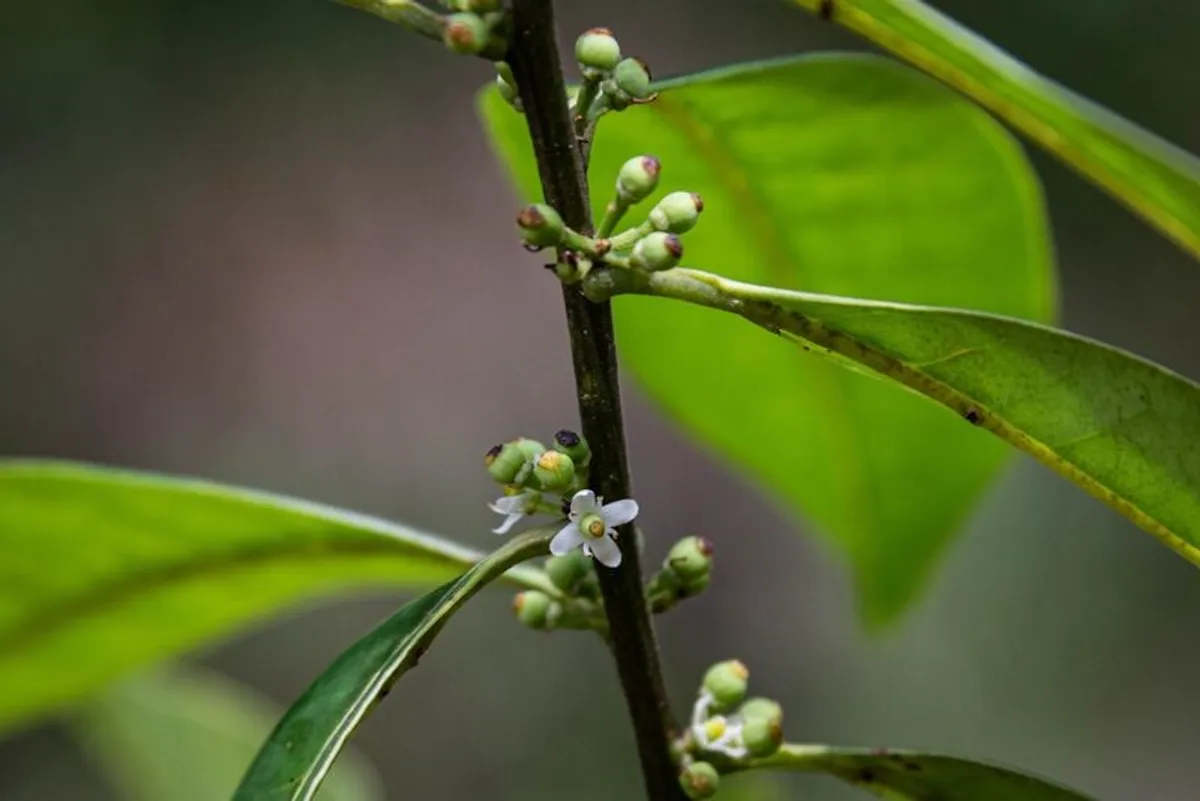The ilex (holly) tree, which had not been seen by botanists for nearly two centuries and was called the “lost tree”, was found again after a six-day search in Brazil. The four rediscovered trees are thought to be the last remaining trees of this species, so the fateful day in March this year was an emotional one for everyone involved.
“The moment we found Ilex sapiiformis, it looked like the world had stopped turning,” project assistant Juliana Alencar said in a statement. “Nature surprises us. Finding a species that has been unheard of for almost two centuries is not an everyday occurrence. “It was an incredible moment and the feeling was felt throughout the team.”
It was also the only previously confirmed sighting of I. Sapiiformis, also known as Pernambuco holly. In 1838, naturalist George Gardner collected a specimen on one of his expeditions, and the species was officially described 23 years later by Siegfried Reissek.
In Gardner’s time, Brazil’s Atlantic tropical forest, home to the Pernambuco holly, was much larger than it is now. Conservation charity Re:wild estimates that 85 per cent of this once vast area of woodland has been lost to deforestation, replaced by cattle farming and sugar cane fields.
In fact, the fact that Igarassu, where the elusive trees were rediscovered, is a predominantly urban area and home to approximately 6 million people makes this finding even more surprising.
“We don’t often think of plants being lost because they don’t move like animals, but they are an integral part of the ecosystems in which they exist,” says Christina Biggs, Re:wild’s lost species program manager. “Even if a plant hasn’t had a confirmed sighting in 186 years, it’s still wild somewhere.” “It may be hanging among nature’s last remnants, and this tree is a perfect example of why it’s important to keep looking.”
 The tiny white flowers were noticed by Lenilson Barbosa dos Santos, a member of the expedition team.
The tiny white flowers were noticed by Lenilson Barbosa dos Santos, a member of the expedition team.Many preparations were made to search for the lost trees, which can reach a height of approximately 8-12 meters. Project leader Gustavo Martinelli and his team consulted the records of herbariums, botanical gardens and museums and combed through more than 12,000 digital records in search of a specimen of the tree.
When that failed, they turned to collections from around Brazil that had not yet been digitized, and that’s where they found what they were looking for. A Pernambuco holly specimen from 2007 helped lead researchers to the city of Recife, where they searched for almost a week until they finally noticed the plants’ distinctive flowers.
“We were all excited to find the plant,” said team member Milton Groppo, “And thanks to the keen eyes of Mr. Lenilson (Lenilson Barbosa dos Santos, a parabotanist), who managed to find a few white flowers on a tree on the side of a dirt road, we discovered the first individual of Ilex sapiiformis.” It was exciting to find it. “It was like finding a long-lost and long-awaited relative you only knew from old portraits.”
The find means one of the top 25 species on the list compiled by Re:wild for its Search for Lost Species program has been found. Working in collaboration with global partners, the program has rediscovered nine animals and plants since 2017.